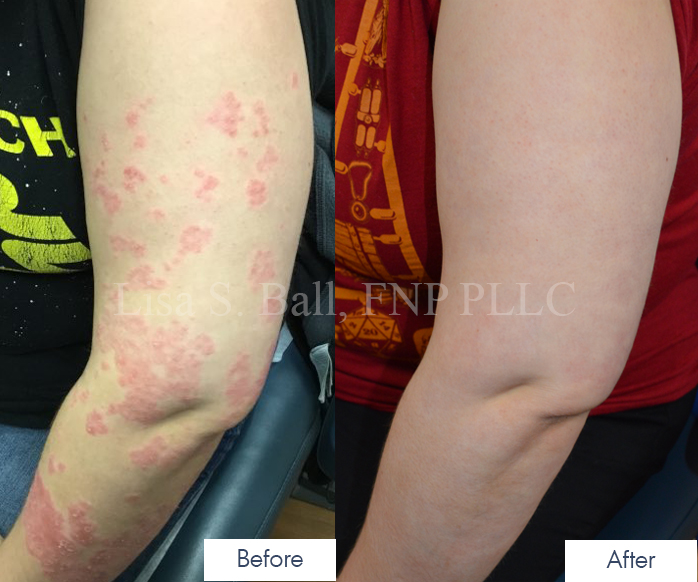Winter can be a tough time of year on the skin. The cold air, wind, and indoor heat can all wreak havoc. There are some ways to combat this, however. Here are some tips that will help you keep your skin hydrated and looking great this season:

- Limit time bathing or showering. Prolonged exposure to water can strip the skin of natural, necessary oils. This can leave the skin dry, cracked, and irritated (especially for those who suffer from eczema, psoriasis, or rosacea). Try limiting the time in the bath or shower to 5-10 minutes.
- When bathing or showering, use warm or lukewarm water instead of hot. The warmer the water, the more likely it will irritate the skin.
- After bathing or showering, pat your skin dry with a towel, don’t rub. The process of rubbing can lead to skin irritation.
- Apply a moisturizer while your skin is still wet. This will help to lock in moisture and prevent the skin from drying out.
- Apply sunscreen daily to exposed areas of skin (even if it’s cloudy). Harmful UV rays are still able to penetrate cloud coverage. And if there is snow on the ground, it can actually multiply that UV exposure. This is because the snow reflects the sun’s rays. So you are not only getting hit from above but the ground as well.
- Use a humidifier. Adds moisture to the air helping to prevent the skin from drying out.
- Use PCA Skin Dry Skin Relief Bar. This product is one of our favorites for the winter! Not only because it improves dry skin, but also because it helps to soothe the entire body (even the scalp).
- Get a HydraFacial. The drying effects of winter can make skin look dull. The gentle treatment of a HydraFacial will give it a much-needed boost of hydration and refreshment. After just one treatment, results are seen immediately.
If the winter weather is giving your skin trouble, contact our office today and let us help.


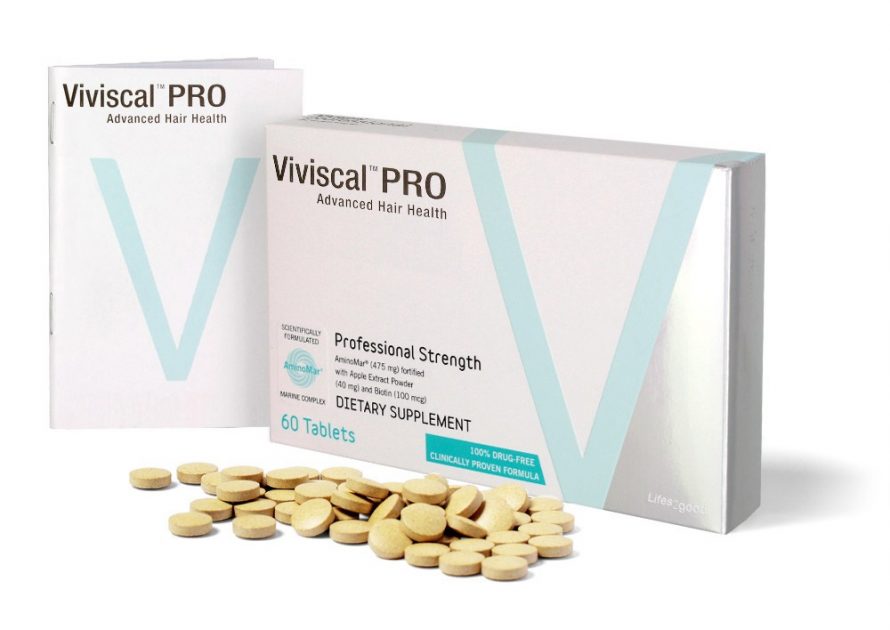 So What Is Viviscal PRO?
So What Is Viviscal PRO? 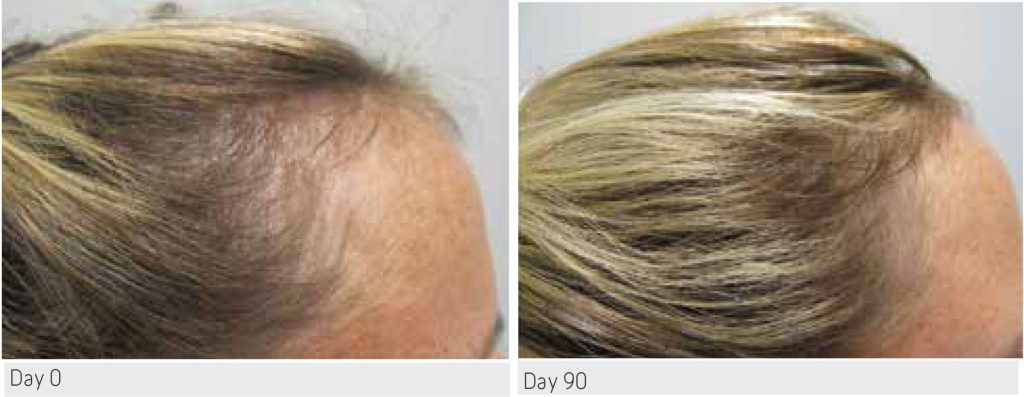
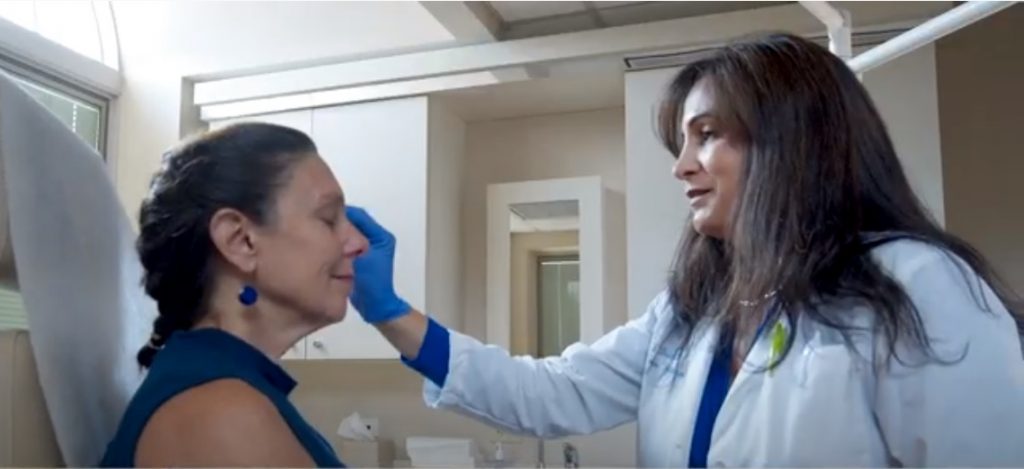
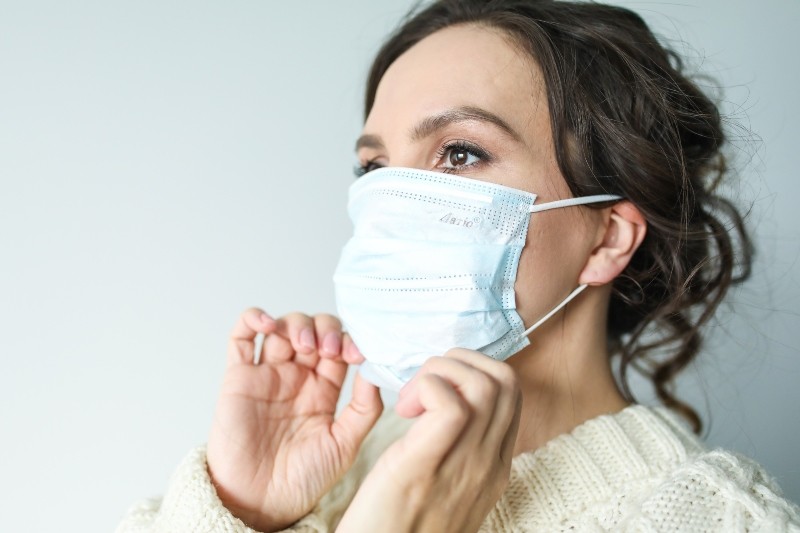

 Due to the spread of COVID-19, the CDC made a recent recommendation that everyone should be wearing face masks in public. Although face masks provide important protection from the virus, wearing them for an extended period can also lead to skin irritation. Here are some things you can do to avoid that.
Due to the spread of COVID-19, the CDC made a recent recommendation that everyone should be wearing face masks in public. Although face masks provide important protection from the virus, wearing them for an extended period can also lead to skin irritation. Here are some things you can do to avoid that.

